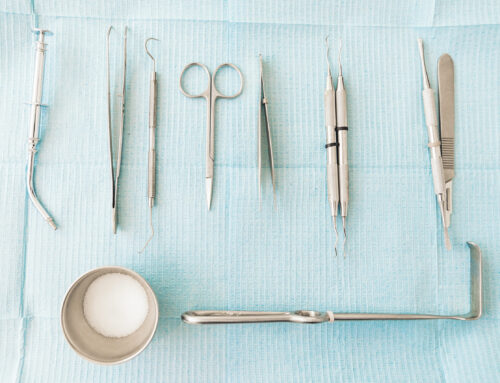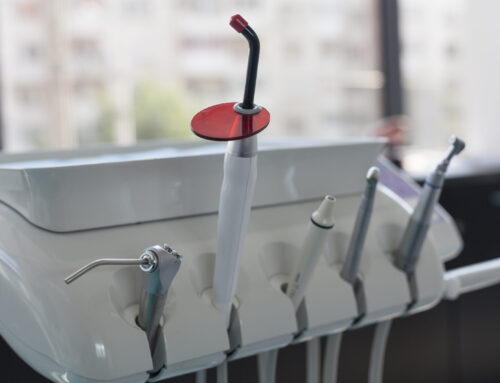Tooth staining is a source of insecurity for many people, and fortunately, there are plenty of options to treat it. Learn the difference between the types of staining and what options you have in treatment, whether at home or with the help of your dentist.
Types of Tooth Staining
There are three types of staining: Extrinsic, Intrinsic, and Age-Related teeth stains.
Extrinsic Staining is generally surface staining from the pigmented residue, often from the foods or drinks you consume regularly. This is mainly caused by tobacco use or drinking coffee, tea, or soda.
Intrinsic Staining is staining below the surface of the enamel. This occurs when stain-causing particles work their way through the exterior enamel layer. These stains have been linked to the overuse of fluoride, especially in children.
Age-Related Staining combines both, Extrinsic & Intrinsic stains. The core of teeth is called dentin, which naturally yellows over time. As we age, teeth begin to yellow, and the enamel surface becomes thinner, allowing dentin to show through. This can cause staining to occur more often and heavily.
What Causes Staining?
Everything from our diets to the treatments that we receive in our lifetime can affect teeth decay and discoloration. Specific things in our daily diets, such as coffee, tea, dark sodas, red wine, and even some fruits and vegetables, can cause both surface decay and slowly cause the enamel to wear.
Using cigarettes or chewing tobacco can slowly deteriorate areas that often come in contact with smoke. Not only does smoking deteriorate teeth, but it can also lead to gum disease, which can cause tooth loss.
Diseases or trauma can cause teeth to decay at an above-normal rate. People who have received chemotherapy or radiation tend to experience this more. Certain eating disorders, liver disease, and celiac disease can impact the enamel, which can cause teeth to turn yellow. Even medications that are meant to treat conditions such as high blood pressure, allergies, and some mental disorders have been traced back to causing deterioration of the enamel.
How Can I Remove the Staining?
Obviously, regular and consistent oral care can prevent discoloration. Remember to brush and floss daily. Schedule twice-yearly appointments with the dentist. Limit consumption of teeth-staining drinks or foods. Performing regular whitening maintenance will keep teeth appearing brighter and whiter.
Fortunately, staining has plenty of options for treatment. Stains that are generalized to the surface of the tooth can typically be treated with regular oral care, such as brushing and flossing and the use of whitening toothpaste. More extensive staining might require professional bleaching or at-home chemical treatments, like whitening stripes.
Contact Gentle Dentistry for further whitening options!




